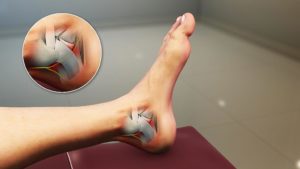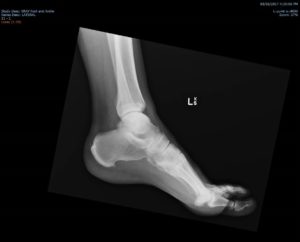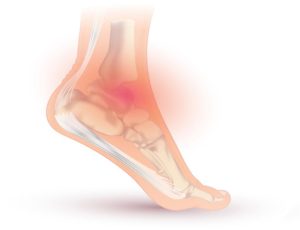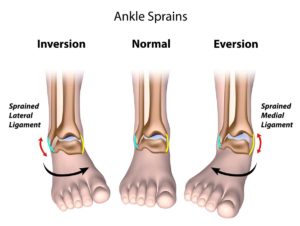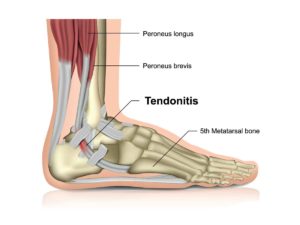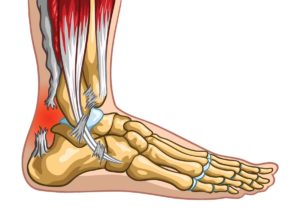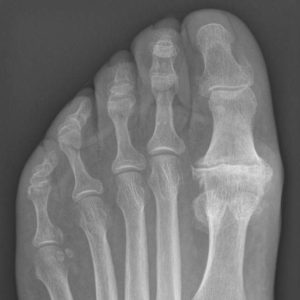
Plantar Fasciitis
Typical Symptoms
Plantar fasciitis produces pain under the heel, which is usually worse on stepping down from the bed in the morning or after a period of rest. Usually it eases with activity, but for some, there can also be pain with prolonged walking. The pain is usually localised and is under the medial (inner) aspect of the heel.
Image by Esther Max
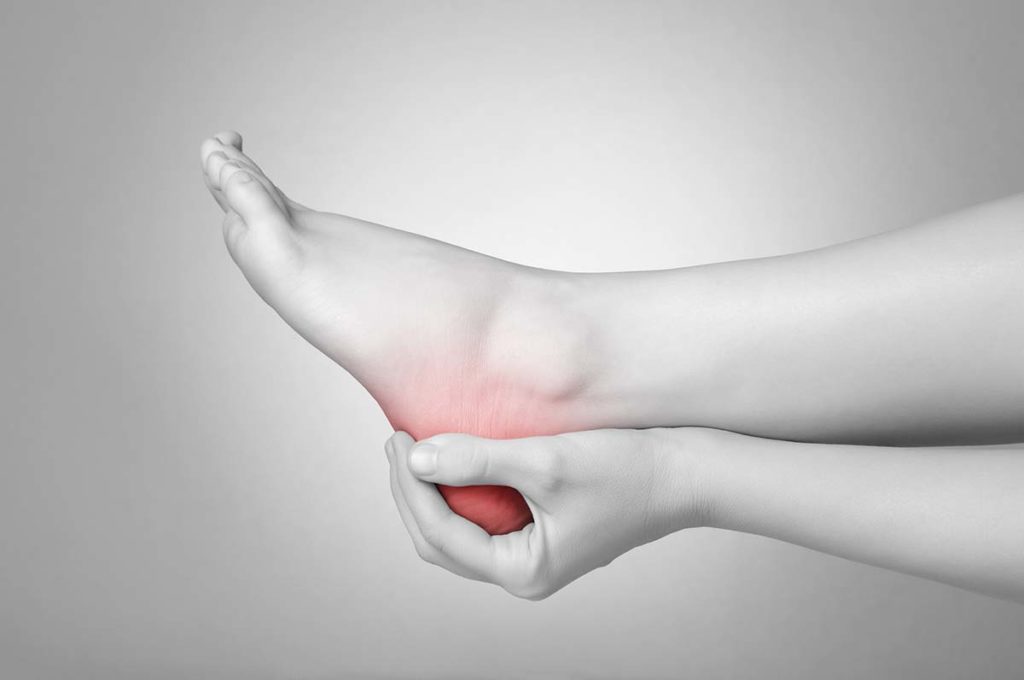
What causes it?
Plantar fasciitis is usually brought on from an increase in weight or an impact to the heel that can trigger it off. There is usually associated tightness in the calves.
How can I help myself?
Think back to when and how the symptoms came on and what might be continuing to aggravate it. Sometimes, if it is due to calf tightness, working with a sports therapist can be helpful. Stretching the calves can help as well as rolling a firm surface, such as a golf ball or frozen water bottle can massage the area. Equally, adding more cushioning to footwear and not walking barefoot can help.
If there is considerable pain, pain killers, such as anti-inflammatories, can make the symptoms more tolerable.
When to seek help?
If you have tried to resolve the problem without much improvement and if symptoms are progressive, it would be good to have your problem assessed.
What are the treatment options?
Once your clinician assesses you with a thorough history and examination, they may undertake an X-ray to look for bony changes, such as spurs, or an ultrasound scan to look at the plantar fascia itself.
Rehabilitation with a physiotherapist or podiatrist can alleviate symptoms for many people with an, but for some, additional treatments such as extracorporeal shockwave therapy, may be needed.
In situations where symptoms are not settling, then an MRI may be needed for further investigations and if tears are noted, then further treatment with a PRP or prolotherapy injections can help.



